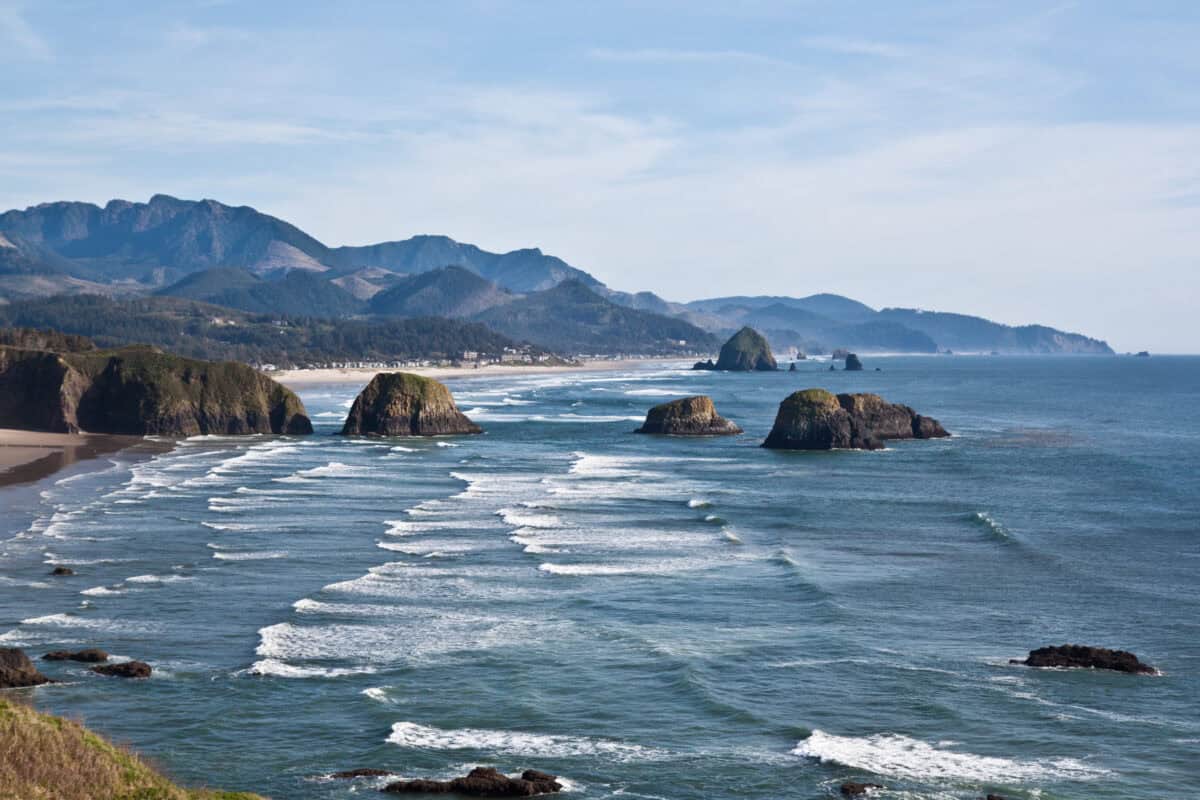Imagine a world where the haunting howl of the red wolf is never heard again, or the flutter of the Monarch butterfly vanishes from spring mornings. The United States is home to countless extraordinary creatures, but some of its most magical inhabitants are slipping away before our eyes. Across the nation, certain states have become battlegrounds for biodiversity, where passionate people and fragile animals fight every day for survival. If you care about wildlife—whether it’s the rarest frog or the tallest pine—this journey through America’s hotspots for endangered species will both shock and inspire you. Let’s take a heartfelt look at the ten U.S. states where the struggle to protect life is most urgent.
10. Alabama

Alabama might surprise some as a biodiversity hotspot, but it’s home to a stunning array of unique species—especially in its rivers and streams. With over 130 species listed as endangered or threatened, Alabama’s waterways are teeming with rare mussels, snails, and fish found nowhere else on Earth. The Mobile-Tensaw Delta, sometimes called “America’s Amazon,” is a critical refuge for creatures like the Alabama sturgeon and the Red Hills salamander. Sadly, pollution, habitat loss, and invasive species threaten these delicate ecosystems. Conservation efforts are underway, but every year, more species slide closer to extinction. For wildlife lovers, Alabama’s story is a powerful reminder of how much is at stake in places that often go unnoticed.
9. Oregon

Oregon’s dramatic landscapes, from lush rainforests to high desert, make it a sanctuary for many rare plants and animals. Currently, more than a hundred species are at risk here, including the iconic Northern spotted owl and the Western pond turtle. Decades of logging and land development have chipped away at the forests, leaving many creatures nowhere to go. Salmon runs, once legendary, have dwindled, putting both fish and the animals that rely on them in peril. Despite these challenges, Oregonians are known for their fierce love of nature and have pioneered innovative solutions, like habitat restoration and wildlife corridors. Still, every lost acre is a step closer to silence in these wild places.
8. Florida

Florida’s sunny shores and mysterious swamps are famous for creatures found nowhere else, but this paradise is under siege. With nearly 130 listed endangered species, the Sunshine State is one of the nation’s most critical battlegrounds for wildlife. The Florida panther, with fewer than 200 left, stalks the shrinking Everglades, while the gentle manatee struggles to survive in busy, polluted waters. Coastal development and climate change threaten countless birds, turtles, and plants. The situation is dire, but it sparks a passionate response from both scientists and everyday Floridians who refuse to let these animals disappear without a fight.
7. North Carolina

North Carolina’s rolling hills and mysterious wetlands hold secrets that few people realize. The state is a haven for rare species like the red-cockaded woodpecker and the elusive red wolf, which is clinging to survival with only a handful left in the wild. Over a hundred species in North Carolina are endangered or threatened, facing dangers from urban sprawl, logging, and pollution. The Cape Fear shiner, a tiny golden fish, and the magnificent Venus flytrap, a carnivorous plant found only in the wild here, both teeter on the edge. North Carolina’s blend of wild Appalachian forests and coastal plains make it unique, but also incredibly vulnerable to change.
6. Arizona

Arizona’s deserts and canyons aren’t just home to cacti and coyotes—they also shelter some of the rarest and most threatened species in the country. With well over a hundred endangered and threatened species, Arizona’s landscape is a patchwork of at-risk habitats. The Sonoran pronghorn, Mexican gray wolf, and Gila topminnow are just a few of the animals fighting for survival amid drought and human expansion. Water scarcity is a growing problem, drying up critical streams and wetlands that many species depend on. The harsh beauty of Arizona conceals a fragile world where every drop of water and patch of shade is precious.
5. Tennessee

Tennessee’s rivers and mountains are a living museum of biodiversity, with more than 130 endangered and threatened species calling the state home. The Appalachian region, in particular, is renowned for its salamander diversity, including the rare Tennessee cave salamander. Freshwater mussels and fish like the smoky madtom are also unique to these waters, but pollution and damming have taken a heavy toll. The state’s forests shelter imperiled bats and birds, while urban growth continues to eat away at wild spaces. For Tennesseans, every effort to restore a river or save a species is a chance to keep their natural heritage alive for future generations.
4. Texas

Everything is bigger in Texas—including the number of endangered species. The Lone Star State is home to over 145 species at risk, from the ocelot in the south to the Houston toad in the east. Texas’s vast size means it encompasses deserts, forests, and coastlines, each with its own set of threatened plants and animals. Rapid development, oil drilling, and agriculture have all contributed to habitat loss. Yet, Texans are known for their independent spirit, and many landowners and communities are stepping up to protect what’s left of their wild neighbors. Still, the challenge is as big as the state itself.
3. Hawaii

Hawaii is often called “the extinction capital of the world,” and for tragic reasons. The islands are home to the highest number of endangered species per square mile in the United States. More than 450 species, from the Hawaiian monk seal to rare honeycreeper birds, are fighting a desperate battle against invasive predators, disease, and habitat loss. Many species have already disappeared, leaving behind only stories and museum specimens. The isolation that made Hawaii a cradle of unique life now makes its creatures especially vulnerable. Saving Hawaii’s wildlife is a race against time—and every success feels like a miracle.
2. California

California’s wild beauty is world-famous, but so is its struggle to protect endangered species. With over 300 species on the brink, California has more at risk than almost any other state. The San Joaquin kit fox, California condor, and coho salmon are just a few of the icons fighting for survival. The state’s booming population, intense agriculture, and recurring wildfires have made life perilous for many plants and animals. Despite these challenges, California has led the way with ambitious conservation programs and strong environmental laws. The stakes here are enormous, but so is the determination to keep California wild.
1. Georgia

Georgia takes the number one spot for endangered species, a fact that will surprise many animal lovers. The state harbors a remarkable range of habitats, from the Appalachian Mountains to the Okefenokee Swamp and the Atlantic coast. Over 320 species are listed as endangered or threatened here, including the gopher tortoise, frosted flatwoods salamander, and the tiny robust redhorse fish. Rapid development, agriculture, and logging have pushed many species to the edge, while climate change adds new threats. Conservationists and local communities are working tirelessly to protect Georgia’s incredible natural treasure trove, but the battle is far from over.
Conclusion

These ten states are at the heart of America’s fight to save its most endangered animals and plants. Every lost species is a story cut short, a piece of our natural world we can never get back. Did you expect these places to top the list, or were you surprised by what you found?
- 14 Creatures You Did not Know Will Surprise Even Experts - August 24, 2025
- Why This US Lake Is So Mysterious Scientists Are Baffled - August 24, 2025
- 15 Wild Species Making a Comeback - August 24, 2025

